How to Choose the Right Solar Cables for Your Renewable Energy System
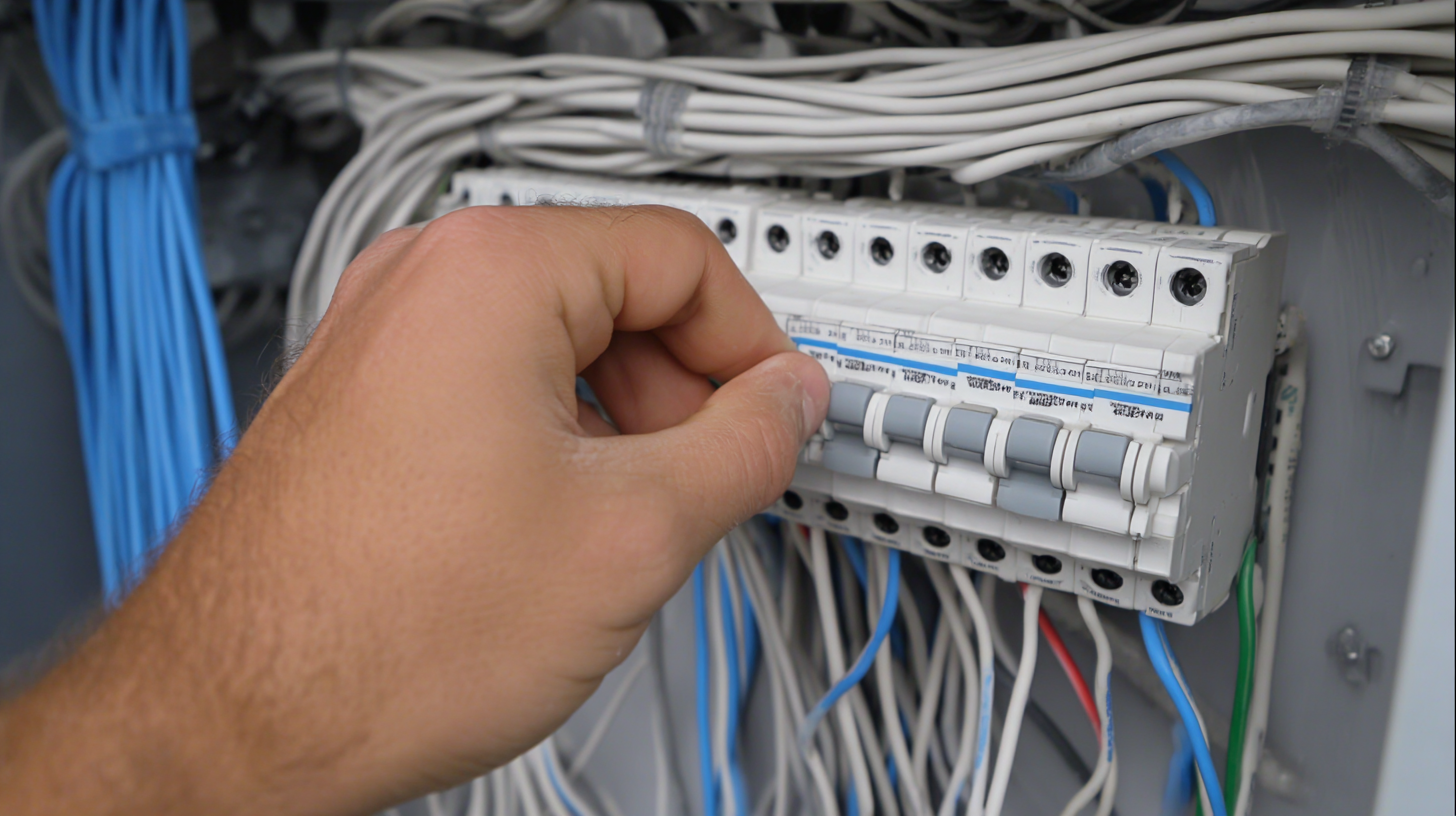 When it comes to installing a renewable energy system, selecting the appropriate components is crucial for ensuring
efficiency and safety. Among these components,
Solar Cables play a vital role in connecting solar panels to inverters and batteries, facilitating the flow of electricity
generated by sunlight. However, with various types of solar cables available on the market, making the right choice can be daunting for both novices and seasoned energy enthusiasts alike.
In this guide, we will explore key considerations in choosing Solar Cables, including the various specifications, materials,
and environmental factors that impact performance. Understanding these elements will empower you to make informed decisions that enhance the reliability and longevity of your renewable energy system,
ultimately maximizing your investment in sustainable power.
When it comes to installing a renewable energy system, selecting the appropriate components is crucial for ensuring
efficiency and safety. Among these components,
Solar Cables play a vital role in connecting solar panels to inverters and batteries, facilitating the flow of electricity
generated by sunlight. However, with various types of solar cables available on the market, making the right choice can be daunting for both novices and seasoned energy enthusiasts alike.
In this guide, we will explore key considerations in choosing Solar Cables, including the various specifications, materials,
and environmental factors that impact performance. Understanding these elements will empower you to make informed decisions that enhance the reliability and longevity of your renewable energy system,
ultimately maximizing your investment in sustainable power.
Understanding Solar Cable Ratings: Voltage, Current, and Temperature Considerations
When selecting solar cables for your renewable energy system, it's crucial to understand the ratings associated with them.
Voltage rating indicates the maximum voltage a cable can handle without risk of failure, while current rating refers to the amount of current the cable can conduct safely.
Both ratings affect the efficiency and safety of your solar power setup. For optimal performance, choose cables that exceed the maximum voltage and current demands of your system.
Temperature considerations are equally important. Solar cables must withstand various environmental conditions, from extreme heat to freezing temperatures. Look for cables designed to maintain performance in your specific climate. Check for the insulation material and rating, as these factors influence the cable's longevity and resilience against wear.
Tips: When in doubt, consult with professionals to determine the right ratings for your setup.
Always opt for cables certified by recognized standards to ensure safety and reliability.
Additionally, consider the installation environment; if you live in a particularly harsh area, investing in higher-rated cables might save you money in replacements and repairs in the long run.
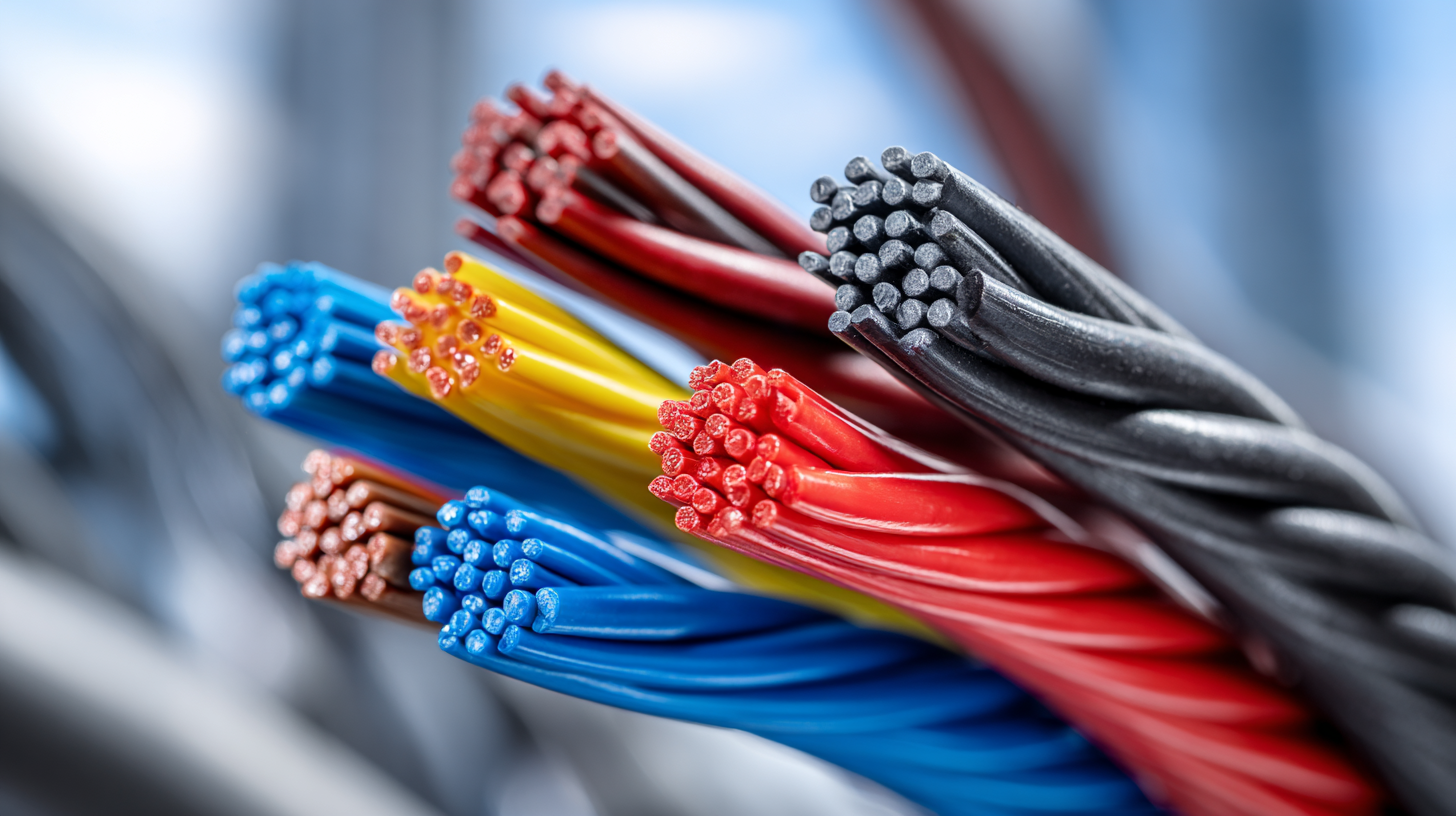
Key Types of Solar Cables: Comparing PV, DC, and AC Options for Performance
When designing a renewable energy system, selecting the appropriate solar cables is crucial for maximizing efficiency and ensuring safety. There are three primary types of solar cables to consider: Photovoltaic (PV) cables, Direct Current (DC) cables, and Alternating Current (AC) cables. According to a report by the International Renewable Energy Agency (IRENA), the choice of cable can impact the overall performance of a solar installation significantly, with potential losses ranging from 3% to 10% depending on the cable used.
PV cables are specifically designed for solar installations, featuring weather-resistant materials and excellent insulation to withstand UV exposure and harsh elements. They typically have a maximum allowable temperature of up to 90°C and are rated for at least 1,000V DC, making them ideal for high-efficiency solar panels. In contrast, DC cables are often used for connecting solar batteries and charge controllers. They usually operate at lower voltages and are designed to handle higher current loads. Meanwhile, AC cables are essential for transferring energy from solar inverters to the home’s electrical system. As reported by the National Renewable Energy Laboratory (NREL), the proper sizing of AC cables can lead to a 5% increase in energy capture when designed to minimize voltage drop across longer distances.
Careful consideration of these types of cables ensures that your renewable energy system operates safely and effectively, optimizing energy production and reducing potential losses. Choosing the right cables not only complies with local electrical codes but also enhances the long-term sustainability and reliability of solar power systems.
Comparison of Key Types of Solar Cables for Renewable Energy Systems
Assessing Cable Length: Impact on Energy Loss and Efficiency in Solar Systems
When selecting solar cables for a renewable energy system, cable length is a crucial factor that significantly impacts energy loss and overall efficiency. According to the National Renewable Energy Laboratory (NREL), energy losses due to resistance in the wiring can account for up to 3% of total energy production in optimal conditions. As the length of the cable increases, so does the resistance, leading to greater voltage drop and diminished energy efficiency. Therefore, it is vital to keep cable runs as short as feasible while still accommodating the layout of your solar array.
To mitigate energy loss, use a higher gauge wire for longer runs. For instance, if your system involves a cable length of more than 100 feet, consider using a 6 AWG wire instead of an 8 AWG wire to reduce resistive loss. Additionally, ensure that the cables are rated for outdoor use and can withstand environmental factors prevalent in your area, as this will contribute to longevity and consistent performance.
**Tips:**
1. Measure the distance between your solar panels and the inverter accurately to ensure optimal cable length.
2. Consider using a solar cable with a lower AWG rating for longer runs to minimize losses.
3. Regularly inspect and maintain your cables to prevent degradation and ensure maximum efficiency in energy transfer.
Evaluating Material Choices: Copper vs. Aluminum Solar Cables for Longevity
When evaluating solar cables for renewable energy systems, the choice between copper and aluminum is crucial for ensuring longevity and efficiency. Copper cables are known for their superior conductivity, making them highly effective in transporting electricity with minimal loss. They are also more durable and less prone to corrosion compared to aluminum. However, this comes at a higher initial cost, which can be a significant factor for system designers and homeowners alike.
On the other hand, aluminum cables are lighter and less expensive, making them an attractive option, especially for larger installations where weight and cost considerations are paramount. Recent projections indicate that the demand for copper and aluminum will surge as the shift towards net-zero emissions progresses, with substantial increases in the need for various materials in the photovoltaic industry. This evolving landscape highlights that the right material choice not only influences the immediate performance of solar cables but also plays a crucial role in the broader context of material sustainability and resource management as the global energy market adapts to meet ambitious climate targets by 2050.
How to Choose the Right Solar Cables for Your Renewable Energy System - Evaluating Material Choices: Copper vs. Aluminum Solar Cables for Longevity
| Property | Copper Cables | Aluminum Cables |
|---|---|---|
| Conductivity | High (approximately 100% IACS) | Lower (approximately 61% IACS) |
| Weight | Heavier | Lighter |
| Corrosion Resistance | Good | Requires protective coating |
| Temperature Rating | Up to 90°C | Up to 75°C |
| Cost | Higher | Lower |
| Lifetime | Longer | Shorter |
Safety Standards and Certifications: Ensuring Compliance for Optimal Performance
When choosing the right solar cables for your renewable energy system, prioritizing safety standards and certifications is crucial for ensuring optimal performance. Compliance with established safety regulations not only protects users but also enhances the reliability of the system. Government agencies and private organizations continuously enforce these standards, which have become indispensable rights in the industry. Investing in certified materials contributes significantly to the overall safety and efficiency of solar installations.
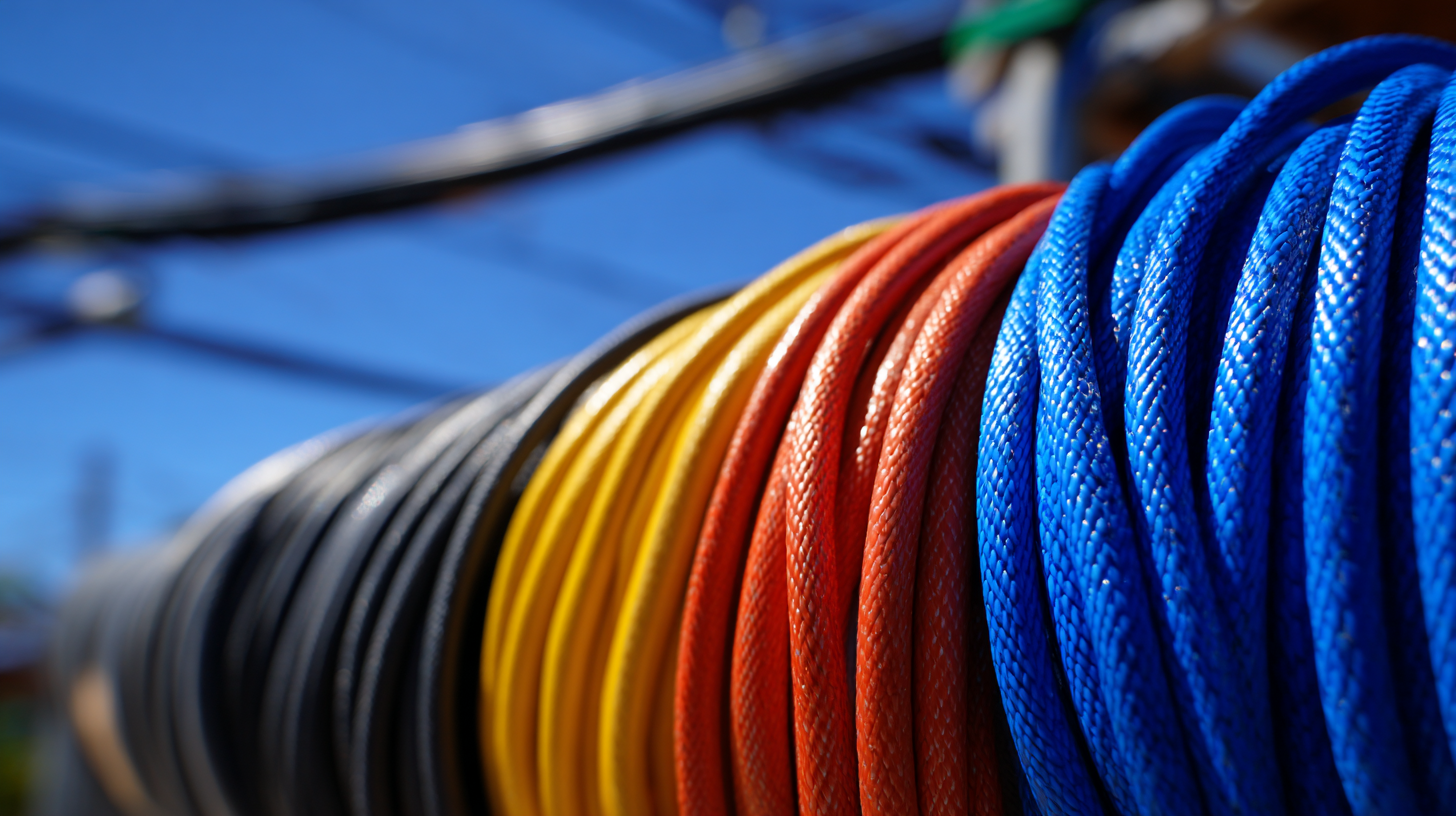
The emergence of new technologies and adherence to rigorous compliance measures in renewable energy systems can drive performance improvements. For instance, certified solar cables undergo thorough testing to meet necessary regulations, ensuring they can withstand various environmental conditions while maintaining electrical integrity.
Adopting a proactive approach in managing safety and environmental compliance allows businesses to not only meet regulatory demands but also exceed customer expectations, establishing themselves as leaders in sustainable practices.
Related Posts
-
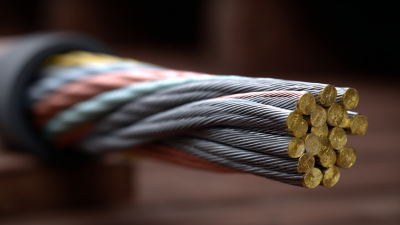
Empowering Global Connections with China's Finest Voltage Cables
-

Maximizing Value with Best Top Cable Solar After Sale Service and Maintenance Cost Advantages
-
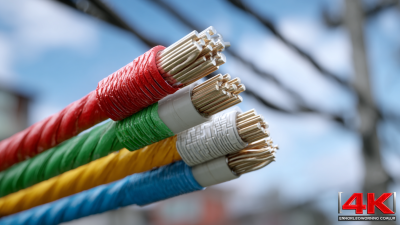
Empowering the World with China's Leading Electrical Power Cable Innovations
-

Ultimate Checklist for Global Buyers to Choose the Right Electrical Power Cable
-

How to Choose the Right Voltage Cable for Your Industrial Needs
-
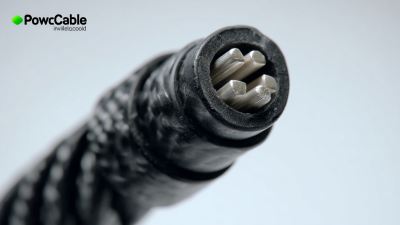
Exploring Innovative Alternatives to Best Power Cable Electrical for Sustainable Solutions
